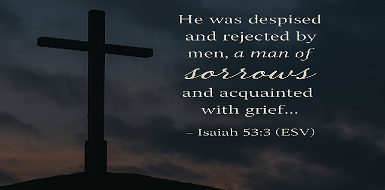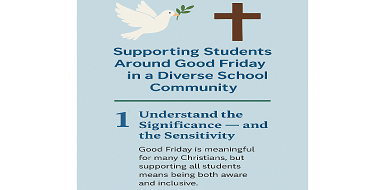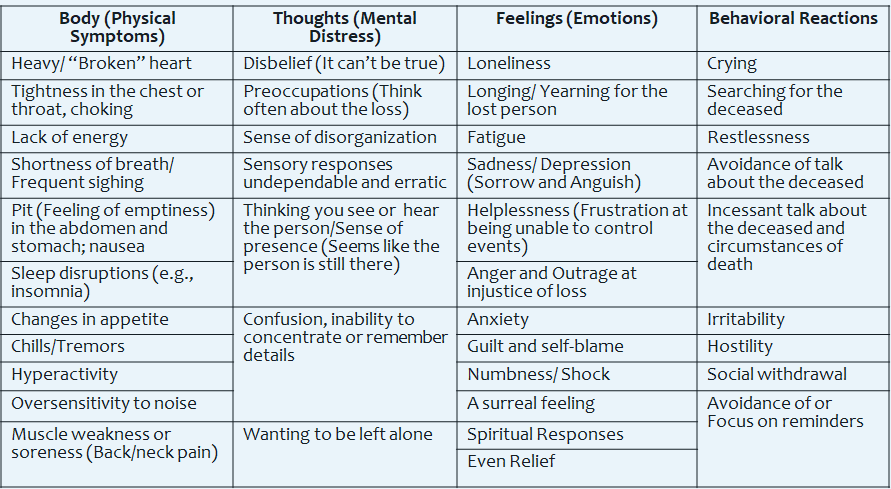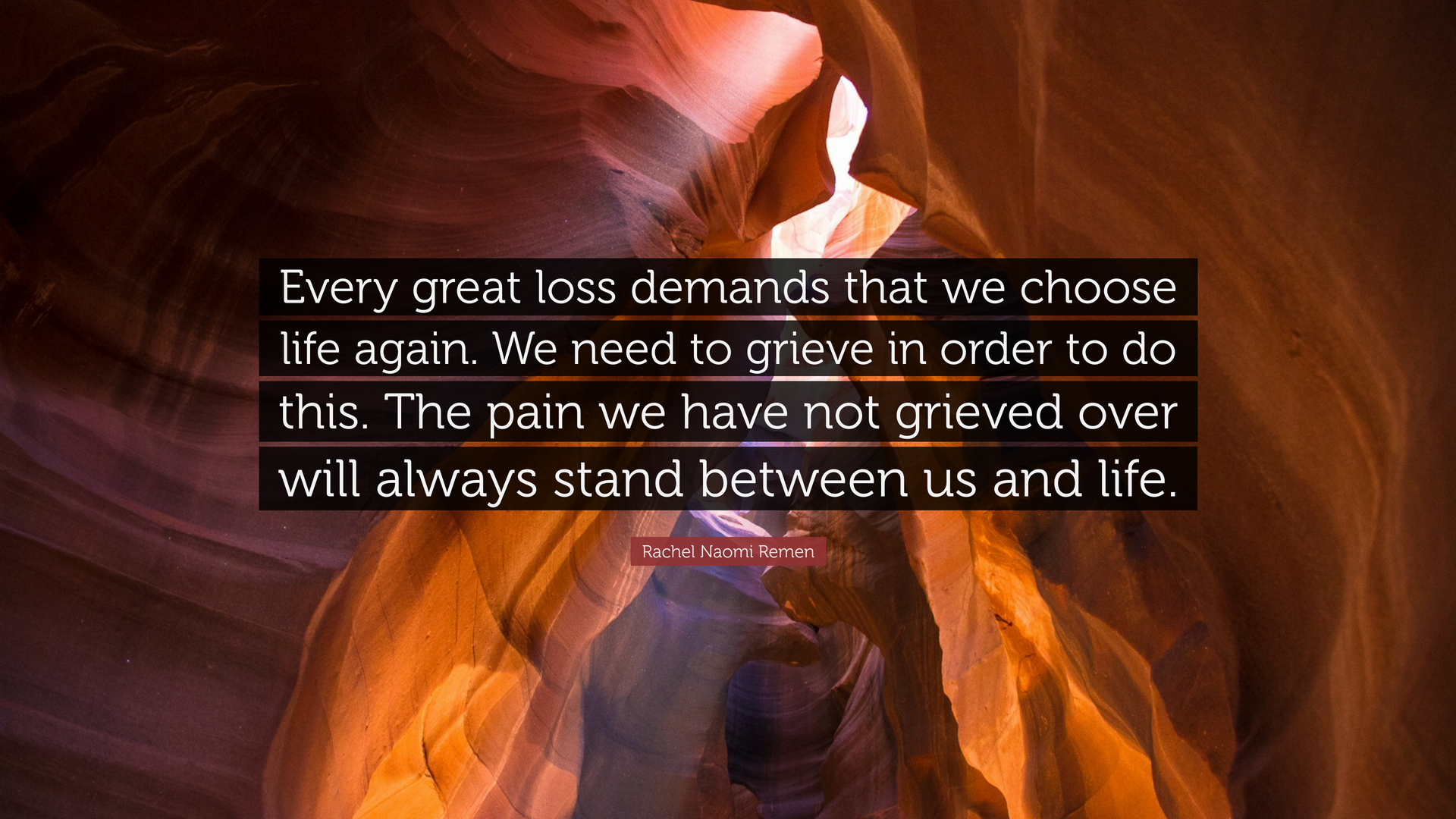The Spiritual Meaning of St. Patrick’s Day
A Reflection on Loss, Grief, and Hope
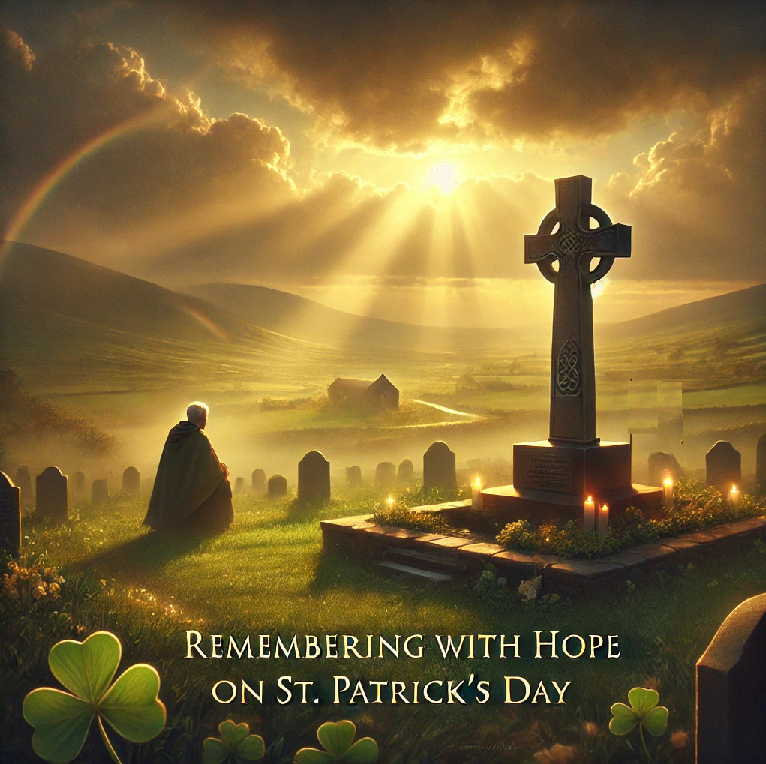
St. Patrick’s Day often brings to mind images of parades, shamrocks, and festivities, but beneath the cultural traditions lies a deeply spiritual story of faith, resilience, and transformation. The life of St. Patrick is one marked by loss, captivity, and suffering, yet it is also a testament to the enduring presence of God in our darkest moments.
For those walking through grief, St. Patrick’s journey offers profound comfort. His story echoes the struggles of loss — the isolation, the longing for home, and the deep soul-searching that suffering often brings. And yet, his life also reminds us that God never wastes pain. Instead, He redeems it, leading us from sorrow to renewal, much like He did with St. Patrick. This holiday can serve as an unexpected yet powerful reminder that loss does not have the final word.
St. Patrick’s Story: A Journey Through Hardship and Redemption
St. Patrick, the patron saint of Ireland, was born in Roman Britain in the late 4th or early 5th century (estimated around 385 AD). His early life was one of privilege, but at the age of 16, everything changed. He was kidnapped by Irish raiders and taken to Ireland, where he was enslaved for six years. During this time, he worked as a shepherd, enduring harsh conditions and extreme loneliness. Stripped of his freedom, his family, and everything familiar, he turned to prayer, finding solace in God’s presence even amid despair. In his Confessio, St. Patrick later wrote of how he found comfort in God:
"The love of God and His fear increased in me more and more, and the faith grew in me, and the Spirit was roused, so that in a single day I have said as many as a hundred prayers, and in the night nearly the same." (Confessio, §16)
Patrick eventually escaped after having a dream in which God told him a ship was waiting to take him home. After traveling hundreds of miles, he miraculously found passage back to Britain and reunited with his family. However, his freedom was not the end of his journey. He later had another vision in which the people of Ireland called him back:
"I saw in the night the vision of a man... whose name was Victoricus, coming as it were from Ireland with countless letters, and he gave me one of them. And I read the opening words of the letter, which were, 'The voice of the Irish.' As I read the beginning of the letter, I thought that at the same moment I heard their voice—they were those beside the Wood of Voclut, which is near the Western sea. They cried out as with one voice: 'We ask thee, boy, come and walk among us once more.'" (Confessio, §23)
This call led Patrick to return to the very land where he had suffered, but this time, as a missionary. He spent the rest of his life spreading Christianity throughout Ireland, baptizing thousands, ordaining priests, and building churches. He devoted his life to sharing the message of Christ, bringing light to the very place where he had once suffered. His story is not just one of survival, but of transformation — of God using pain to create purpose.
Grief and the Wilderness Season
For those grieving the loss of a loved one, Patrick’s time in captivity can feel painfully familiar. Grief often feels like captivity. Loss can leave us feeling trapped in a wilderness of sorrow, isolated from the world that continues to move forward as we struggle to make sense of our pain, unsure if we will ever return to a sense of normalcy. Like Patrick, we may cry out to God in the loneliness, searching for His presence in the darkness. Many who have lost a loved one experience what C.S. Lewis described in A Grief Observed:
"No one ever told me that grief felt so like fear. I am not afraid, but the sensation is like being afraid. The same fluttering in the stomach, the same restlessness, the yawning. I keep on swallowing."
Patrick’s time in captivity mirrors this “wilderness season” of grief — a period of suffering that feels endless. But, just as Patrick discovered, God does not abandon us in our grief. He meets us in the wilderness, walks with us through the valleys, and patiently leads us toward healing. Grief may feel like captivity at times, but we are invited to turn toward God, to seek His presence in the loneliness, and to trust that He is working even when we do not yet see the path ahead.
The Shamrock and the Trinity: A Symbol of Eternal Connection
One of the most enduring symbols of St. Patrick’s Day is the shamrock. According to tradition, Patrick used the three-leafed plant to illustrate the concept of the Trinity — Father, Son, and Holy Spirit. This simple three-leafed plant became a powerful visual reminder that God is with us in every moment of our lives. This imagery is particularly meaningful for those grieving a loss, as it reminds us that we are never truly alone. Jesus Himself promised His followers in Matthew 28:20:
"And surely I am with you always, to the very end of the age."
Now, our loved ones are now in the presence of God, and that through Christ, we remain eternally connected to them. Death may separate us for a time, but love— like the Trinity — is unbreakable and everlasting. Our faith assures us that separation is temporary and that in God’s eternal kingdom, love never fades. The Trinity reminds us that just as God is Three-in-One, so too does love transcend earthly limits.
Finding Purpose in Our Pain
May this day be a gentle reminder that even in loss, we are never truly alone. And just as Patrick once walked through darkness into light, we too can trust that God is leading us toward a future filled with hope.
Patrick’s story did not end with his suffering. God transformed his pain into a calling, using his past experiences to shape his mission. For those who have lost loved ones, this transformation may not come quickly, but in time, God can use even our grief for a greater purpose. In 2 Corinthians 1:3-4, Paul writes:
"Praise be to the God and Father of our Lord Jesus Christ, the Father of compassion and the God of all comfort, who comforts us in all our troubles, so that we can comfort those in any trouble with the comfort we receive from God."
Patrick returned to the land of his suffering, not to be a victim of his past, but to bring hope to those who needed it. Our sorrow, when placed in His hands, can become a source of comfort and encouragement for those who walk a similar path. Though we may not always see it in the moment, God can use our sorrow to deepen our faith and strengthen our compassion, and help others who are struggling with loss.
A St. Patrick’s Day Reflection on Grief and Hope
On this St. Patrick’s Day, instead of focusing solely on outward festivities, take a moment to reflect on its deeper meaning:
- A reminder that suffering does not mean abandonment. Just as God was with Patrick in captivity, He is with us in our grief.
- A symbol of eternal connection. Through Christ, we remain connected to our loved ones beyond this life.
- A call to transformation. Grief changes us, but with God’s guidance, it can lead to growth, purpose, and renewed faith.
As we remember St. Patrick’s incredible journey from captivity to redemption, may we also trust that God is walking with us through our own valleys of sorrow, leading us toward a future filled with hope.
References
Lewis, C. S. (Clive Staples), 1898-1963. (1966). A grief observed. London: Faber and Faber.
St. Patrick’s Confessio. (Available at: https://www.confessio.ie)
The Holy Bible, New International Version. (1984). International Bible Society. (Original work published 1973).
I am a school counselor turned counselor educator, professor, and author helping educators and parents to build social, emotional, and academic growth in ALL kids! The school counseling blog delivers both advocacy as well as strategies to help you deliver your best school counseling program.

I'm a mother, grandmother, professor, author, and wife (I'll always be his). Until October 20, 2020, I lived with my husband, Robert (Bob) Rose, in Louisville, Ky. On that awful day of October 20,2020, my life profoundly changed, when this amazing man went on to Heaven. After Bob moved to Heaven, I embraced my love of writing as an outlet for grief. Hence, the Grief Blog is my attempt to share what I learned as a Counselor in education with what I am learning through this experience of walking this earth without him. My mission is to help those in grief move forward to see joy beyond this most painful time.


